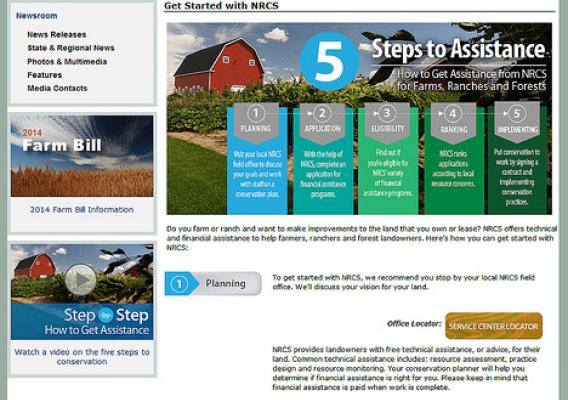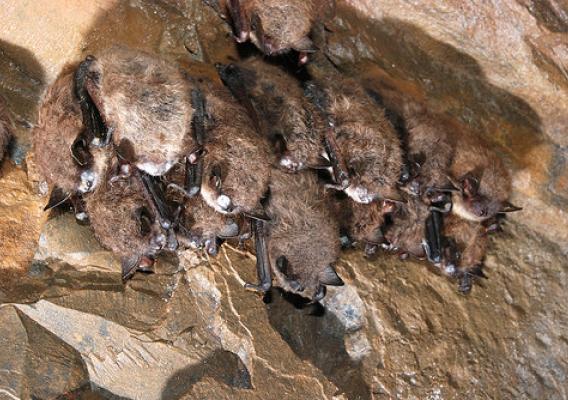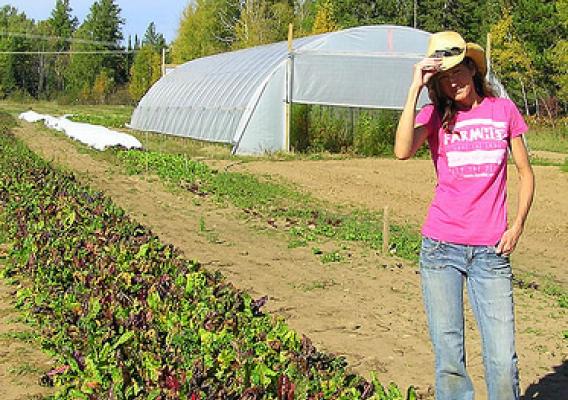Not everyone goes to work every day knowing that they will be inspired by the people they meet—I’m very fortunate in that way. From the federal agencies that I oversee to the farmers and ranchers I visit with, I am truly inspired by their dedication to serving the American people and their commitment to the success of rural America. And many of the issues that they work on or face in their daily lives are the same issues that we are all concerned with—sustainability and conservation, short-term and long-term stability, and making sure our children and the next generation have paths to success.
During a recent visit to the Texas Panhandle, I stopped to have breakfast and visit with the father and son team who run the Chavez family farm. Carlos and Greg Chavez farm 3,600 acres of corn, wheat and cotton, and run 1,200 head of cattle on winter wheat. Greg, the son, has focused his attention on implementing new crop watering techniques, leveraging technology and conservation practices to combat the inherent dryness brought on by the strong Panhandle winds.








